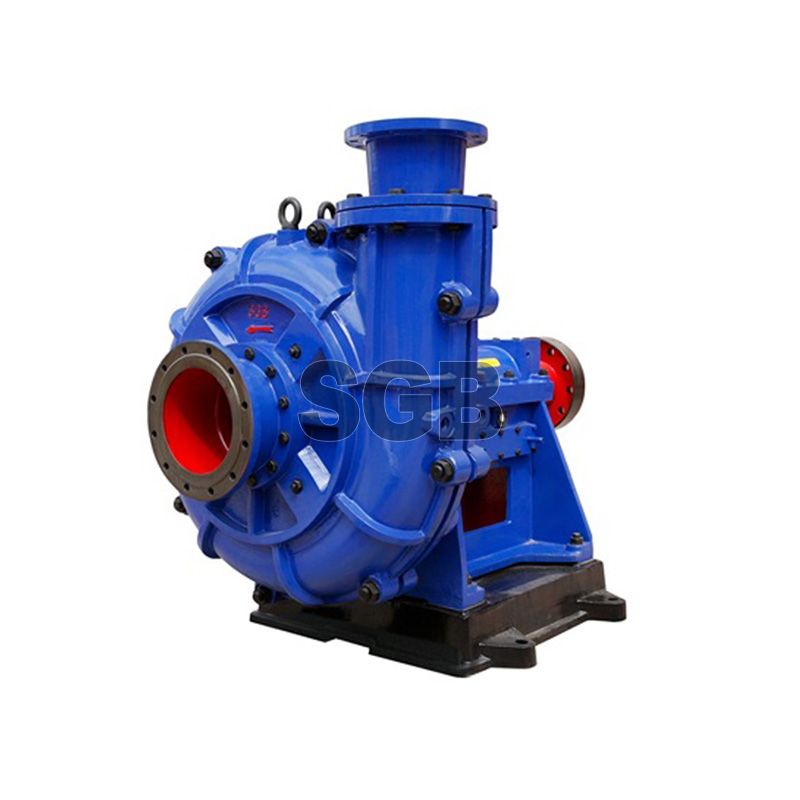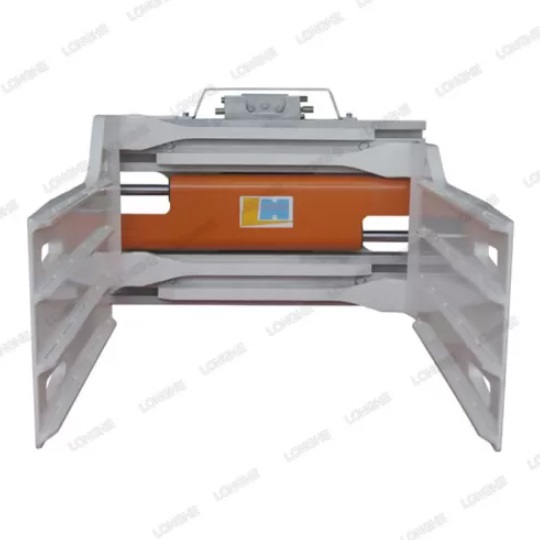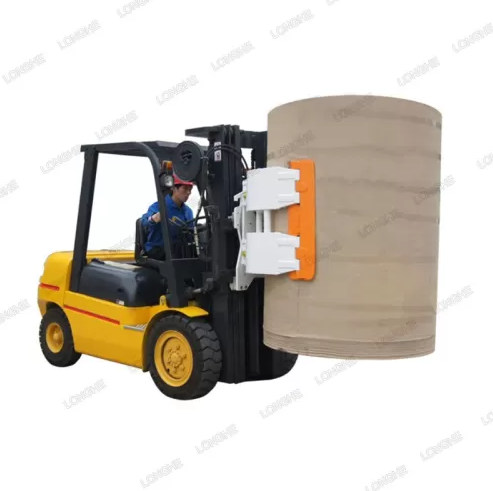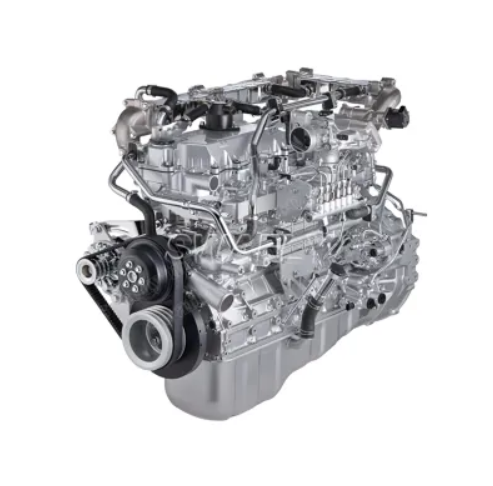Centrifugal Pump vs. Slurry Pump: Unveiling the Differences
When it comes to fluid transfer in various industrial applications, two types of pumps often take center stage: the centrifugal pump and the slurry pump. While they might appear similar at first glance, these pumps serve distinct purposes and are designed to handle different types of fluids and materials. In this comprehensive guide, we'll delve into the intricacies of centrifugal pumps and slurry pumps, highlighting their key differences, applications, and advantages.
Centrifugal Pumps: The Workhorses of Fluid Transfer
Centrifugal pumps are renowned for their versatility and efficiency in handling a wide range of fluids. They operate based on the principle of centrifugal force, which propels liquid through the pump. Here are some key characteristics and applications of centrifugal pumps:
Fluid Types
Centrifugal pumps are primarily used for transferring clean or relatively clear liquids. This includes water, chemicals, oils, and other non-abrasive substances. Their design makes them ideal for processes where a continuous, smooth flow is required.
Construction
These Multistage industrial pumps consist of a rotating impeller within a casing. The impeller's high-speed rotation generates centrifugal force, which pushes the fluid outwards, creating a low-pressure area that allows more liquid to enter the pump. The design is straightforward, making centrifugal pumps easy to maintain.
Efficiency
Centrifugal pumps are highly efficient in terms of energy consumption and are commonly used in heating, ventilation, and air conditioning (HVAC) systems, as well as in water supply and wastewater treatment.
Slurry Pumps: Tackling Tough Materials
On the other hand, slurry pumps are specially designed to handle abrasive and viscous materials. They are robust and well-equipped to withstand the challenges posed by slurries. Here's what you need to know about slurry pumps:
Fluid Types
Slurry pumps are explicitly engineered for moving slurries, which are mixtures of solid particles and liquids. These can include mining tailings, sewage, cement, and other high-solid content materials. They excel in applications where traditional pumps would quickly wear out.
Construction
Slurry pumps feature a more rugged construction compared to centrifugal pumps. They have a heavy-duty impeller and casing designed to resist wear and abrasion. This durability is essential when dealing with abrasive materials.
Efficiency
While slurry pumps might not be as energy-efficient as centrifugal pumps, they are indispensable in industries such as mining, construction, and wastewater treatment. Their ability to handle dense, gritty mixtures is unmatched.
Exploring the Function and Benefits of an Equal Tee in Plumbing Systems
Truck Mounted Workover Rig: Enhancing Efficiency in Oil and Gas Operations
What are Types of Vibratory Screeners?
Mechanics and Applications of Horizontal Slurry Pumps
The Ultimate Guide to Triplex Mud Pumps
Unveiling the Power of Mounted Workover Rigs: Revolutionizing Oilfield Operations
The Core Function of Slurry Pump Impellers
Key Differences: Centrifugal Pump vs. Slurry Pump
Now that we've examined the individual characteristics of centrifugal and slurry pumps, let's outline the key differences that set them apart:
1. Fluid Compatibility
Centrifugal pumps are best suited for clear and non-abrasive liquids.
Slurry pumps are designed to handle abrasive slurries with solid particles.
2. Construction
Centrifugal pumps have a relatively simple design with a standard impeller.
Slurry pumps feature a more robust and wear-resistant construction.
3. Efficiency
Centrifugal pumps are highly energy-efficient.
Slurry pumps, while less energy-efficient, excel in handling tough materials.
4. Applications
Centrifugal pumps are widely used in HVAC, water supply, and general fluid transfer.
Slurry pumps find their niche in industries dealing with heavy, abrasive materials, like mining and construction.
In conclusion, the choice between a centrifugal pump and a slurry pump depends on the nature of the fluid you need to transfer and the demands of your application. While centrifugal pumps excel in their efficiency and versatility, slurry pumps are the unsung heroes when it comes to handling challenging materials.
To maximize the performance of your pumping system, it's crucial to select the right pump type that aligns with your specific needs. Understanding the differences between centrifugal and slurry pumps is the first step toward making an informed choice.
Additional reading:Which is better CV joints or universal joints?
Where is tyre coupling used?
How to Achieve Gear Coupling Reliability
How to Select the Vertical Slurry Pump?
Are Photocatalyst Filters Safe for Indoor Air Purification?
What are the three types of mechanical seals?
Factors to Consider When Choosing a Boat Winch












